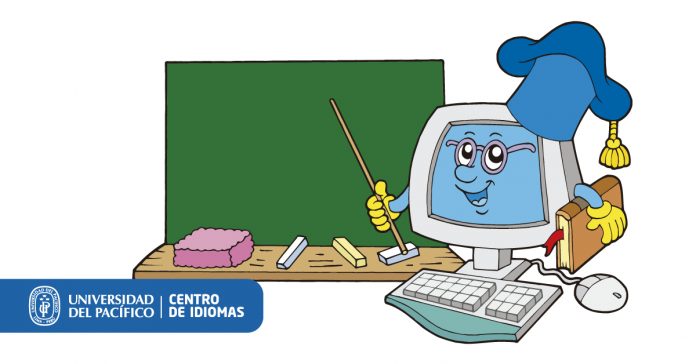Through the years, in the need to communicate with other communities, people developed different approaches and methods to teach foreign languages. Since the 70’s, in which the Communicative Approach gained widespread approval and use, no new approaches have been developed. And it is likely that we will not see any in the near future either. That is because Communicative Learning Teaching (CLT) has been developing within. So, it is very different today than what it was in its origins.
But there is another reason, perhaps even more important; that this approach brought along certain pillars that we have not overcome and are essential to learning a new language with a social purpose. Among them are to be able to exchange real meaning, to develop linguistic competence rather than grammatical skill; that is, to make the learners increase their ability to communicate in the target language with an enhanced focus on real-life situations. Another characteristic is to make the lessons student-centered rather than teacher-centered, which implies reduced TTT (Teacher Talking Time). Besides, to include the Constructivist theories that consider learning as a construction process based on the previous student´s knowledge, considering the learner an active processor of knowledge and Steve Krashen’s views about the students having an affective filter.
The issue to be considered by our blog in this new series is if in our present reality of virtual teaching we are still following those canons or if it is even possible to do it. This new series in our blog will be dedicated to analyze to what extent we can achieve that and in which ways.










